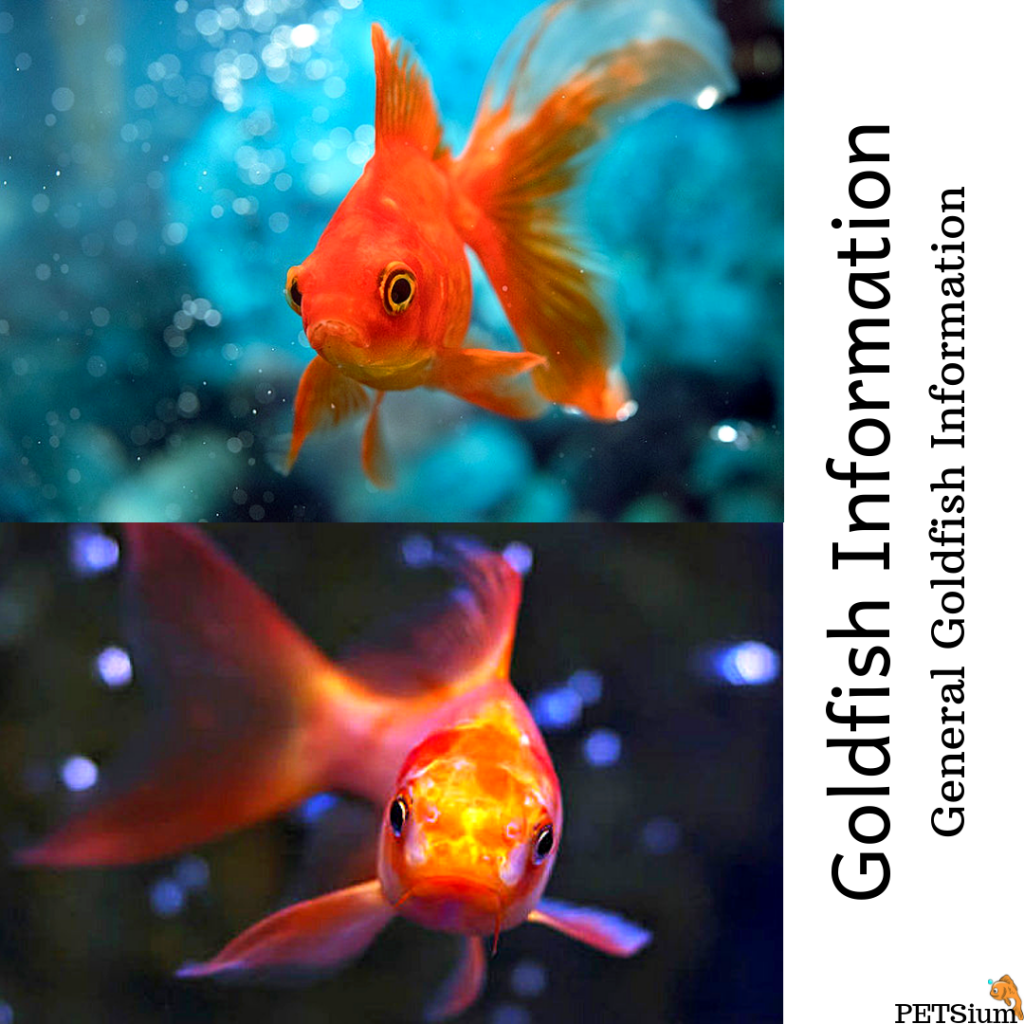Animals can get into a lot of things while walking out in the woods, dogs especially. Our pets are some of the most important things in our lives, keeping them safe is very important.
So staying informed on poisonous plants for dogs is a very good idea before taking your 4 legged friend on a camping trip or into anyplace where these may grow.
Most dogs, love a romp around outside, especially in the open spaces of the countryside, and probably the owners get some pleasure also at the freedom away from the confinements of suburbia.
But dogs are very inquisitive creatures and like to ‘nose around’ at strange objects and ‘sniff’ at newly located plants in their travels off the leash. Owners should be observant and not allow the animal to chew or ingest any wild plants, since very often they can be dangerous and toxic.

You may be fond of gardening at home or simply enjoy strolling around with your pooch in the garden on a pleasant evening. None of these activities seem unsafe for your furry friend to most dog owners, until you know that there are plants that can poison your dog to death.
Post Navigation
Keep Plant Supplies Away From Your Pets
Having a garden involves having supplies such as pesticides, fertilizers and many chemicals that you need for spraying on the plants. Although these are essential, they are poisonous. Keep both the supplies and the plant itself out of reach of your pet.
They can lead to disastrous consequences if your pet eats them. Dogs, in particular, are fond of eating mulches, wood chips and grass. Some mulches, like cocoa mulch can be harmful if your dog eats it in excess. Wood chips are harmful even if they are chemically safe.
Don’t Plant Toxic Flowers
Some flowers like carnations, hydrangea, hosta, clematis, Dahlia, lantana, lilies, peony, periwinkle, tulips, vinca, foxglove, hyacinth, azalea, daisy, chrysanthemum, gardenia, daffodils, yarrow, hibiscus, geranium, and oleander are toxic. They are harmful to cats, dogs and sometimes horses.
If you want to plant these flowers, have a hanging pot. Avoid planting them on the ground. This way you can have the plant and the pet in healthy condition. If your pet shows symptoms like vomiting, lethargy or diarrhea, then know that it has eaten the flowers. Take it to a vet immediately.
Don’t Plant These Trees
Some varieties of trees have leaves that are harmful to your pets. Red maple, umbrella tree, pine tree and chinaberry tree all have components including leaves can cause multitude of health problems to your pet.
Keep Your Pets Away From Edible Plants
Fruits like apples, citrus fruits, avocadoes, grapes, apricots, cherry and black walnuts are enjoyed both by humans and animals. But the trees of these fruits have parts or components that are harmful to your pet. Cordon off the area where these trees are planted.
Most Common Plants Poisonous to Dogs
If you find that your pet has ingested something that is making them sick or may be poisonous to dogs, it is important to always contact a veterinarian right away in order to get information on how to flush the toxins out of their system.
Apples and Crab-apples
The stems leaves and seeds of an apple contain small traces of cyanide. If wilted these are particularly toxic to animals. Humans can generally handle these in small doses but a dog will eat the entire core of the apple and extra indigestible parts of the plant, which can result in difficulty breathing, shock and inflamed mucous membranes. If your dog has consumed a large number of apples or crab apples it is important to call a vet immediately.
Begonias
A popular garden plant this is a plant poisonous for dogs. Begonias are pink leaved flowers with a spiny leaf surrounding. The leaves and plant can cause severe oral irritation in dogs, to the point of vomiting or being unable to consume any food. These plants can result in a dog being unable to gain any nutrients and becoming very unhealthy as a result of the irritation.
Baby’s Breath
A small white flowering plant is also a popular garden and house plant with small, thin vines and small leaves. Ingesting any part of the plant can be quite toxic to a dog causing vomiting and diarrhea which can lead to dehydration.
Daisy
The common daisy can be found growing naturally in the wild and also in many gardens and indoor potted plant arrangements. Daisies are poisonous to dogs which can cause rashes, diarrhea and vomiting.
All of the irritants combined can cause a dog to constantly be itching meaning that they will be unable to rest. With a dog consistently vomiting and having diarrhea can lead to extreme dehydration.
Iris
Irises are used in many flower arrangements and sometimes grow in the wild as well. They are a purple flower with large leaves usually with a white and then yellow inner structure to the leaves. Irises can be poison to dogs and result in vomiting and lethargy. Similar to flu like symptoms it is important to contact professional help if your dog ever eats irises.
Lilly
These small bell shaped flowers extending downward from spear shaped leaves can cause severe sickness in dogs and animals. Of all of the poisonous plants for dogs this is one of the worst.
Growing naturally as a wild flower these lilies can cause a dog to behave as if they are in a coma, as well as an irregular heart beat, low blood pressure and vomiting. It is imperative that you contact an animal poison control or a veterinarian immediately as eating this plant can be fatal to a dog.
Lilies are the foremost plant for causing dogs to suffer poison effects by ingesting the plant. There are a variety of lilies which can cause serious kidney disease in the dog if eaten. These include – The Lily of the Valley, Easter Lily, Glory Lily and the Peace Lily.
The usual form of poisoning is from oxalates from within the plant combining with body calcium in the dog, forming calcium oxalate, which can encourage the growth of kidney stones in the animal.
Azaleas
Azaleas are from the Rhododendron family of plants. There habitat is in woody environments (where dogs like to roam!). It is the nectar of the plant which is most toxic containing grayotoxins, sometimes the nectar is referred to as ‘mad nectar’.
The effects of the nectar poisoning are serious even if only a small amount is ingested by the dog, and can show as excess drooling, diarrhea, vomiting and depression of the central nervous system. Severe poisoning from the Azalea plant nectar can result in a coma or death.

Sago Palms
This plant is commonly used as a decorative houseplant but exists in the wild, it is also known as ‘Oldest Known Plant’ or ‘Cycad’ plant. This plant is extremely toxic to dogs if they choose to gnaw on its bark. The poisons which exist in any part of the plant lead to liver failure, and there is a high death rate in animals poisoned by this plant.
Oleanders
These evergreen members of the dogbane family contain the toxin Oleandrin, it is a commonly used landscaping plant and lives in the wild also. Every part of the plant is poison, and if ingested by the dog will cause acute abdominal pain, hypothermia and can often be fatal.
Castor Beans
Is a very ornamental plant but most of the plant parts are extremely poisonous, containing the toxin Ricin. This substance is so toxic that about 1 milligram would kill a human.
The effects on a small dog would include much abdominal pain vomiting, diarrhea, dehydration and it is highly likely that finally it would lead to the death of the animal.
For any owner of a pet dog, thought should be given as to the advisability of having any of these plants in their garden or house, and to be aware of the dangers to the dog if out for a romp in the countryside.
Treatment for Dogs Suffering From Plant Poisoning
If your pet dog is showing any signs of distress and you suspect the your pet has been poisoned, then the first thing to do is try and identify the poison. Examine the house plants for any sign that the leaves have been nibbled at or chewed.
Check with a local Poison Control Center for advice and give them as much information as possible about the condition of the dog and the possible sources of poisoning, remember there are many garden and indoor plants which have poison within them.
There are two immediate things which the pet owner can do to assist the dog. Try to get the dog to vomit to eliminate the poison from the dog’s stomach, then try to delay or prevent the absorption of the poison.
Treatment by Inducing Vomiting
Do not try to make the dog vomit if the animal is comatose, having convulsions, or is unable to swallow. Try giving—
A little charcoal or badly burnt toast. This will help neutralize the toxins, but the dog must have something solid in its stomach. Trying to make it vomit with fluids only inside is difficult.
Within 5 minutes of giving the toast give the dog 1 teaspoon of a 3% solution of Hydrogen Peroxide for each 8 pound of body weight.
If vomiting does not occur, try a repeat dose of hydrogen peroxide, then take the dog to a veterinary doctor.
Treatment by Delaying the Absorption of the Poison
Give activated charcoal to the dog. One charcoal tablet to about 10cc of water, for every 2 pound of body weight. Veterinary assistance may be necessary to carry out this procedure.
Following the activated charcoal, then about 30 minutes later give some Milk of Magnesia, or Glauber salts. An alternative is to give the dog a warm water enema containing egg white, vegetable oil or milk.
If the skin of the dog has been affected, then bathe thoroughly with soap using warm water.
If there is any sign of a nervous reaction by the dog, then if not already with a veterinary doctor, the animal should be taken to one immediately. Take along a sample of the plant which you suspect has poisoned the dog to assist the vet in providing an antidote.
Knowing the plants which are poisonous for dogs is an important part of pet ownership. Before walking your dog in an area where these plants grow, or planting them in your garden, it is important to know the symptoms to watch for and to contact a vet immediately. These are just a few of the plants which can be harmful to dogs, there are more comprehensive lists which can be found online.
Keeping both plants and animals is a difficult job. You would have now seen that many of the flowers and trees are responsible for causing toxic reactions in animals. Dogs act like goats sometimes and eat everything that they can find.
This can also lead to their death. Now that you know that the harmless looking plant you love is actually unsafe, keep your pet away. If possible, keep your pet out of your garden.
If you think your pet has been poisoned be sure to retrace steps and figure out what they may have been exposed to. The more informed a vet is the better chance your dog will have for quickly getting back on their feet and returning to their healthy active old selves.




